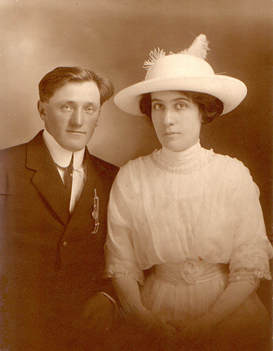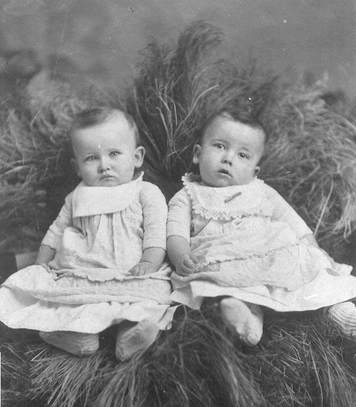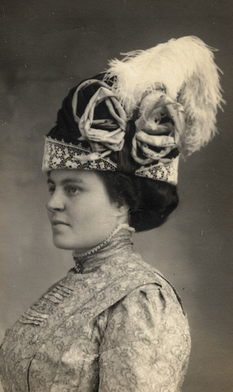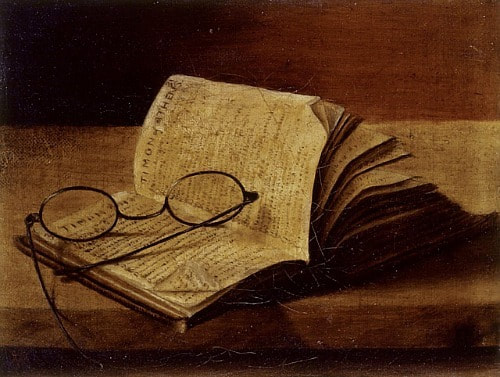|
You’ve likely heard the adage to “measure twice, cut once” when doing carpentry. Genealogy benefits from find once, read twice (or even thrice). If you have been gathering your family information for a while, you may have several folders of census records, death, marriage and birth records connected to the various branches of your tree. A trick that I like to do periodically is to choose one ancestor and review their information. When we are in research mode, we tend to move into a “check box” mentality. ‘I’ve found great-grandpa’s death record and off we go to the next missing record on our list’. Often, we do a quick review of the document, add relevant dates to our family tree program and then file the document away. I find this to be especially true of you already have some knowledge about the ancestor. It’s a great idea to periodically pull those documents out for review. You may now have additional knowledge about your family that you didn’t have the first time you read the document. When you first acquired your great-grandfather’s obituary, perhaps you focused only on locations and dates. When you review the obituary again, you might see some additional clues such as where he lived or worked and the names of out of town relatives and their locations that you didn’t notice the first time. You may also find that comparing the information in the obituary to the death certificate and census records may generate more questions—especially if the data doesn’t quite match. When I’m not in research mode, the benefit of rereading and reviewing data allows me to really think about the information. I start thinking about what it was like in 1870 Wisconsin, eking out a living on a homestead, trying to raise six children with no electricity or modern conveniences. Or when a relative went off to the civil war, how did his wife cope…keeping the farm going with five children under ten and one on the way? How difficult this must have been! Did neighbors help? Were there any relatives to pitch in? Perhaps you’ve looked at a 1930s census many times but never really looked at where your ancestor was employed. Could you find more information about that company or find out what businesses were around in 1930s? These things help you to better understand your family story, providing color and context around major life events. Your Challenge:
“Keep reading. It's one of the most marvelous adventures anyone can have.” Lloyd Alexander Comments are closed.
|
AuthorWith a lifelong passion for genealogy and history, the author enjoys the opportunity to share genealogy tidbits, inspiring others to research and write their family story. Archives
July 2024
Categories |




 RSS Feed
RSS Feed